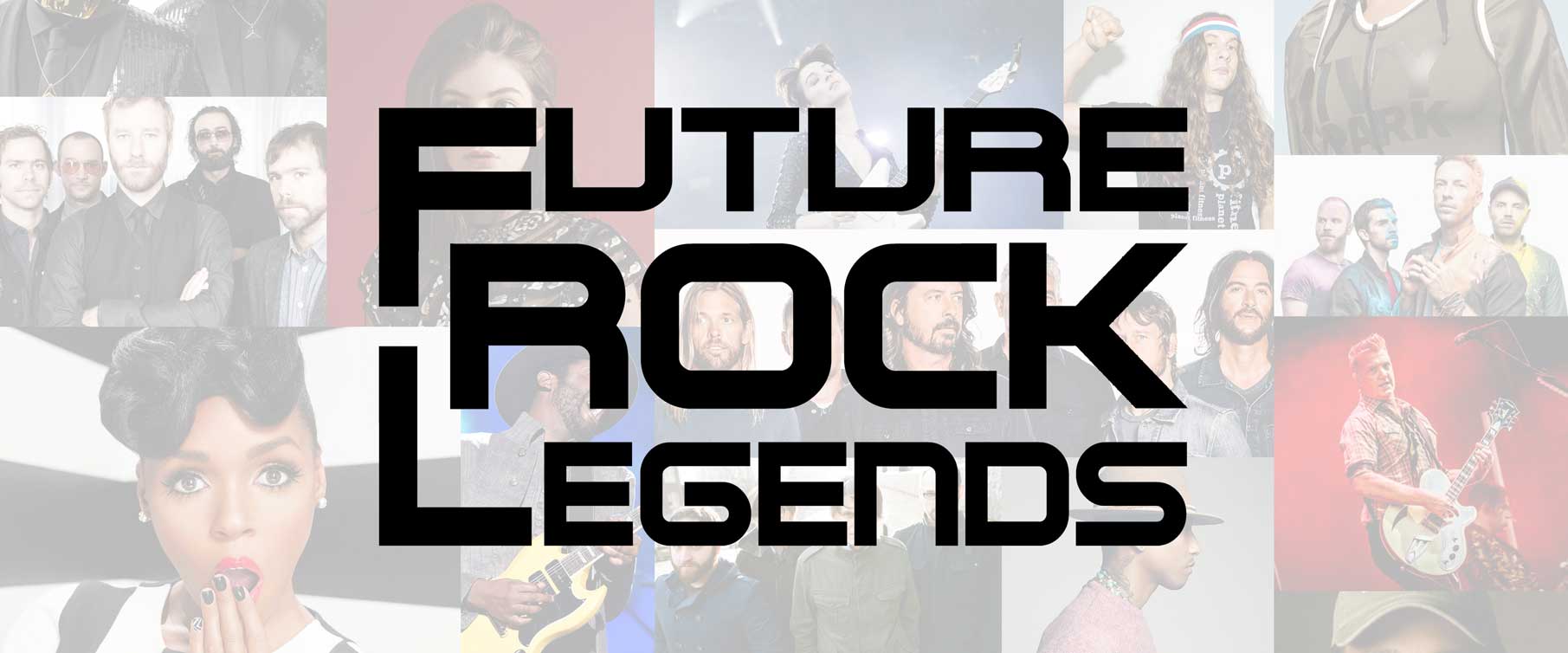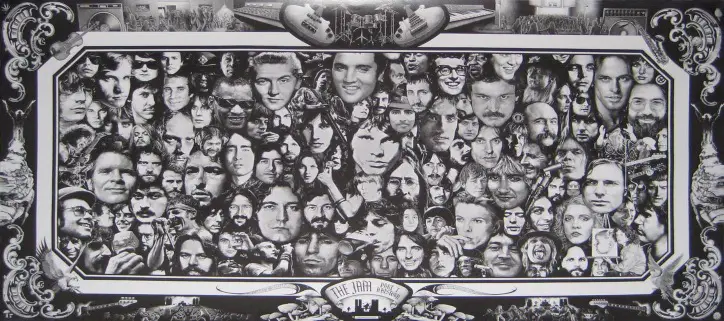Uncovering the Next Generation's Hall of Fame


What Does Rock & Roll Look Like?
|
|
|
Keirstead followed up that work with “The Jam Part II - Long Live Rock & Roll” which continued the project showing the following decades of rock stars (with a slightly more Canadian bias).
Here are the people illustrated (this time Hall of Famers are linked - most are not in the Hall of Fame yet):
|
|
|
For many rock fans, this is what the Rock & Roll Hall of Fame should represent (even if it happens to be almost entirely white). If the Rock Hall also saw it that way, they might even have a chance to induct most of those people. But that’s not the way the Hall of Fame wants to represent rock and roll. They choose a far more ambitious path -- to include many of the different branches that sprung from the roots of rock and roll, including disco, electronic music, pop, and most controversially, hip hop. That makes their task exponentially more difficult. It’s hard enough to properly honor and represent the most important artists of one genre, but to try to capture the essence of popular music from the past half-century becomes an impossible task. There will inevitably be important artists who get left behind which leaves fans of all genres eternally frustrated. The current format of inducting just five artists per year does a huge disservice to their mission “to celebrate the musicians who founded, changed and revolutionized rock & roll,” when their definition of rock and roll includes an ever-expanding number of artists and genres. The Rock Hall has created an intractable problem.

